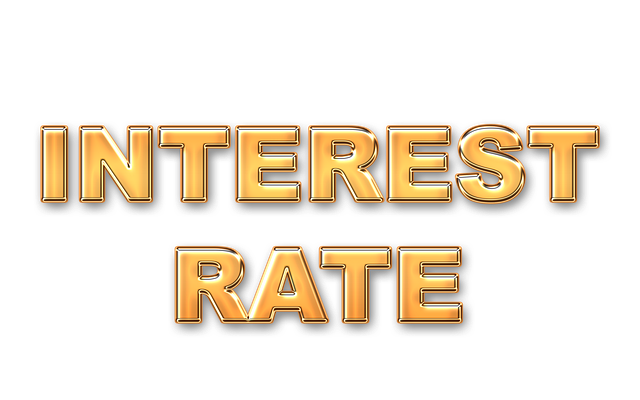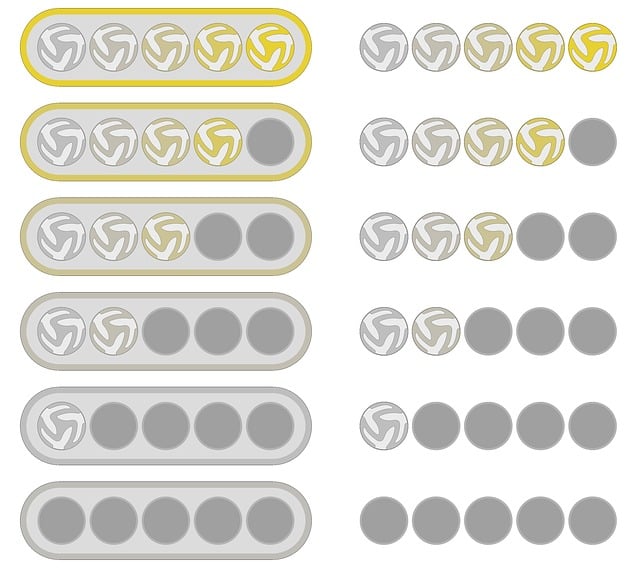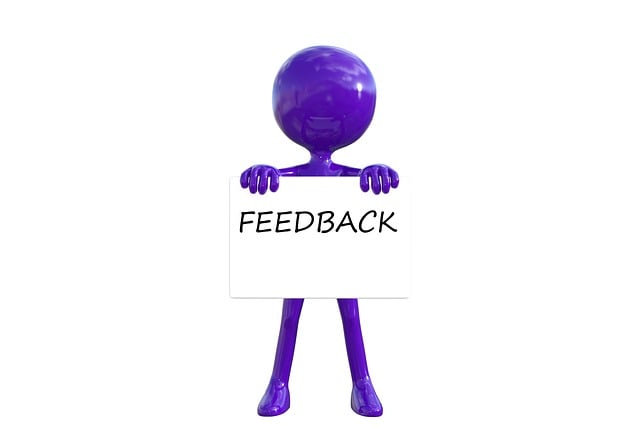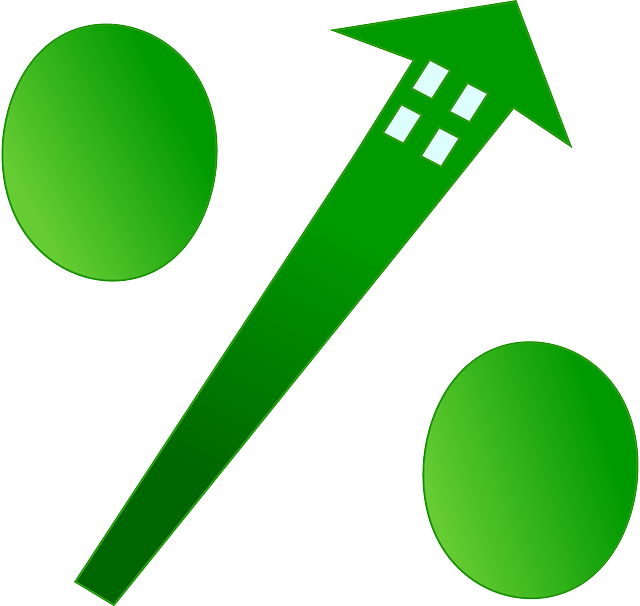Lower interest rates significantly stimulate the real estate market by increasing housing demand, attracting first-time homebuyers and investors, and driving up property values through market competitiveness. This dynamic creates opportunities for growth but also challenges related to affordability and inventory levels. To succeed in this competitive environment, real estate professionals must offer exceptional service, leverage digital tools, and utilize low rates as a key selling point in their marketing strategies.
In today’s economic climate, central banks’ efforts to lower interest rates have sparked curiosity about their impact on the real estate sector. This article delves into the intricate relationship between reduced lending rates and housing market dynamics. We explore how these changes influence buyer behavior, investment trends, and homeownership patterns. Additionally, we provide strategies for real estate professionals to navigate this environment, ensuring they stay informed and adapt to the shifting landscape.
How Lower Rates Impact Housing Market Dynamics

Lower interest rates can significantly influence the real estate market, acting as a catalyst for increased housing demand. When borrowing costs decline, purchasing a home becomes more financially attractive to prospective buyers. This stimulus can lead to a surge in mortgage applications and sales, as individuals and families take advantage of the favorable conditions to secure their dream properties. The effect is particularly pronounced among first-time homebuyers who are often price-sensitive and may have been waiting for such opportunities.
Moreover, reduced rates provide an incentive for investors to enter the real estate sector. With lower borrowing costs, investing in properties becomes a more lucrative prospect, fostering competition in the market. This dynamic can drive up property values, as increased buyer interest leads to a seller’s market. As a result, housing market dynamics become more vibrant, offering both opportunities for growth and challenges related to affordability and inventory levels.
Demystifying the Connection Between Low Rates and Homeownership

Lower interest rates act as a powerful magnet, drawing many prospective homeowners into the real estate market. When borrowing costs decline, buying a home becomes more affordable, encouraging individuals and families to take the leap into property ownership. This is particularly significant for first-time buyers who, with lower rates, can secure mortgages that fit within their budgets, removing one of the primary barriers to entry in the real estate market.
The connection between low rates and increased demand isn’t just about reduced monthly payments; it’s also about opening doors for aspiring homeowners. Lower interest rates create a more favorable financial environment, fostering confidence among buyers. This surge in buyer activity can lead to a competitive market, driving up property values over time. For the real estate industry, this dynamic presents both opportunities and challenges, as it impacts not just individual purchases but the broader housing market landscape.
Strategies for Real Estate Professionals in a Low-Rate Environment

In an environment where low interest rates are the norm, real estate professionals must adapt their strategies to thrive. With buyers facing less financial strain, the market becomes more competitive. Agents should focus on offering exceptional service and in-depth knowledge to stand out. Providing personalized guidance, helping clients navigate complex processes, and delivering tailored solutions can set them apart.
Additionally, leveraging digital tools and marketing platforms is essential. Real estate professionals can use low rates as a talking point in their campaigns, attracting buyers who are now more open to larger properties or faster transactions. Maintaining an active online presence, utilizing social media effectively, and employing innovative marketing techniques will ensure agents reach a wider audience in this competitive climate.






